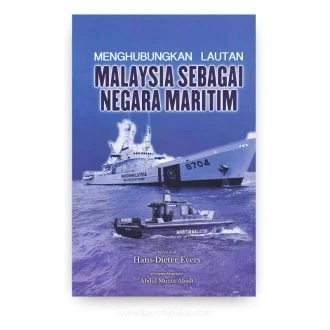The South China Sea: The Struggle for Power in Asia is a discerning account of simmering conflict in the South China Sea and why the world can’t afford to be indifferent. China’s rise has upset the global balance of power, and the first place to feel the strain is Beijing’s back yard: the South China Sea. For decades tensions have smoldered in the region, but today the threat of a direct confrontation among superpowers grows ever more likely. This important book is the first to make clear sense of the South Sea disputes. Bill Hayton, a journalist with extensive experience in the region, examines the high stakes involved for rival nations that include Vietnam, India, Taiwan, the Philippines, and China, as well as the United States, Russia, and others. Hayton also lays out the daunting obstacles that stand in the way of peaceful resolution. Through lively stories of individuals who have shaped current conflicts—businessmen, scientists, shippers, archaeologists, soldiers, diplomats, and more—Hayton makes understandable the complex history and contemporary reality of the South China Sea. He underscores its crucial importance as the passageway for half the world’s merchant shipping and one-third of its oil and gas. Whoever controls these waters controls the access between Europe, the Middle East, South Asia, and the Pacific. The author critiques various claims and positions (that China has historic claim to the Sea, for example), overturns conventional wisdoms (such as America’s overblown fears of China’s nationalism and military resurgence), and outlines what the future may hold for this clamorous region of international rivalry.
To understand the importance of the South China Sea to the wider world, fly from Singapore’s Changi Airport on a clear day and, as you rise up, look down at the water below. Hundreds of vessels, from the smallest fishing smacks to the very largest of crude carriers, fill the waterway: tugs, trawlers, container ships, cat transporters and bulk freighters shifting the stuff of modern life. Oil heading east fuels the giant economies at the other end of the South China Sea: Taiwan, South Korea, China and Japan. To the west flows the combined output of the workshops of the world: hardware and software, headwear and footwear. The best guesses suggest that more than half the world’s maritime trade goes through the Straits of Malacca, along with half the world’s liquefied natural gas and one-third of its crude oil. If the ships stopped moving, it wouldn’t be long before the lights in some parts of the world started going out. The South China Sea is both the fulcrum of world trade and a crucible of conflict. There were battles in 1974 and 1988 and there have been dozens of less violent confrontations since. The United States has been involved since the beginning and India has begun to take an interest. The region deserves our attention and yet, outside a small circle of academics, paid experts and other obsessives, it is very poorly understood. Many of the accepted truths about the disputes, repeated in most media coverage, are either untrue or unproven. The Sea is not particularly rich in oil and gas resources, the military bases on the disputed islands are not particularly ‘strategic’ since almost all could be destroyed with a single missile strike, the territorial disputes involve six countries, not five, since Indonesia is affected although it pretends it isn’t and the ‘historic claims’ of the disputants are actually very modern.











Reviews
There are no reviews yet